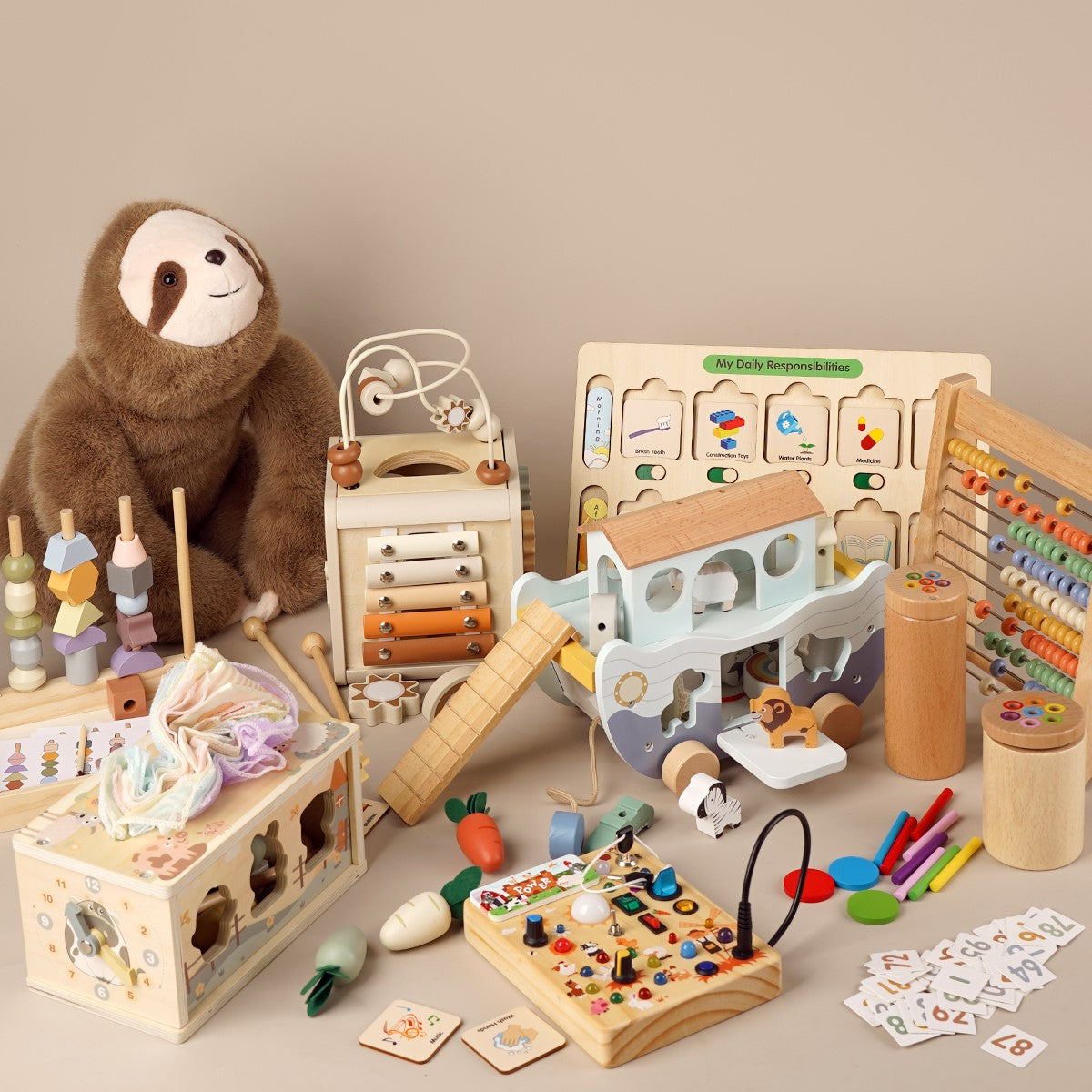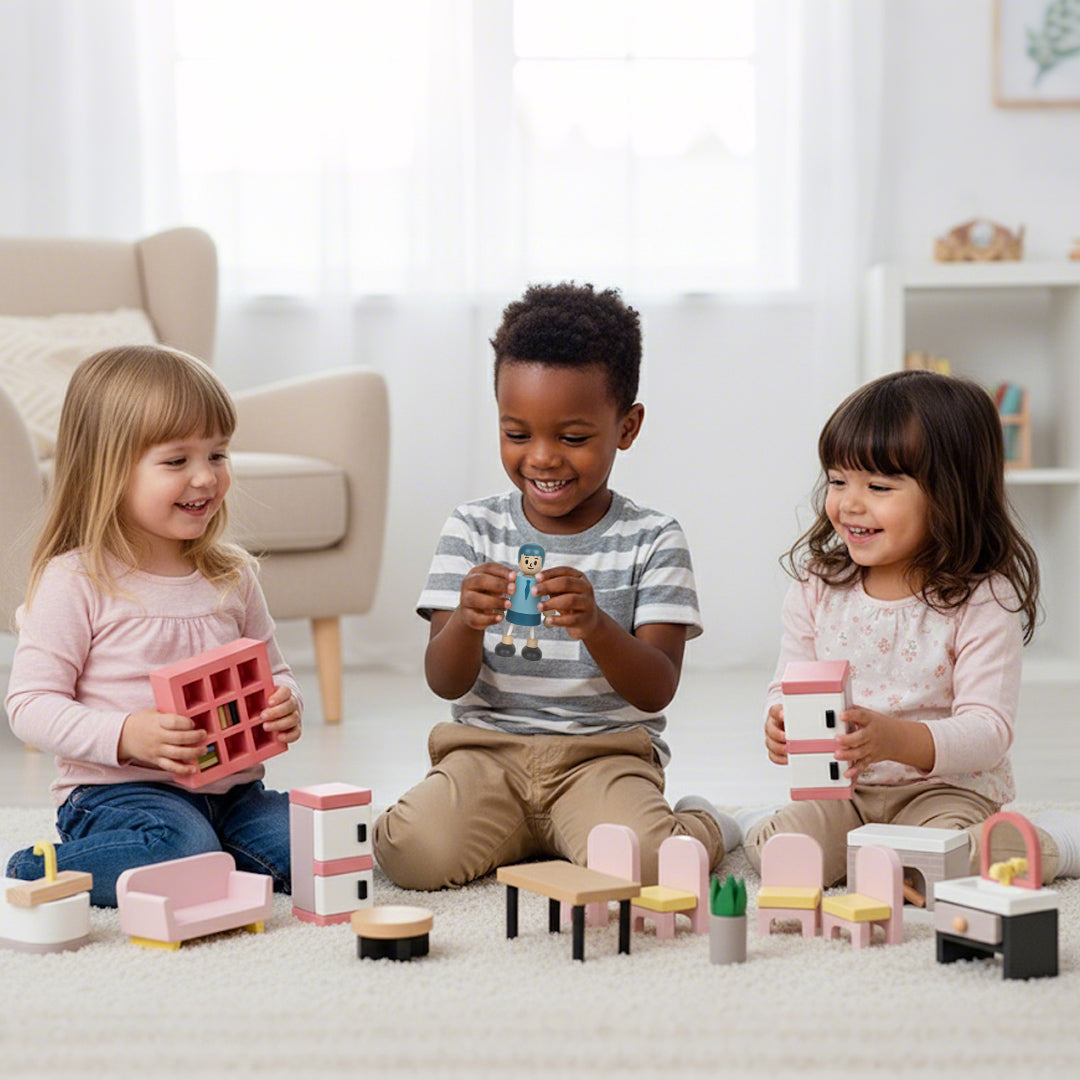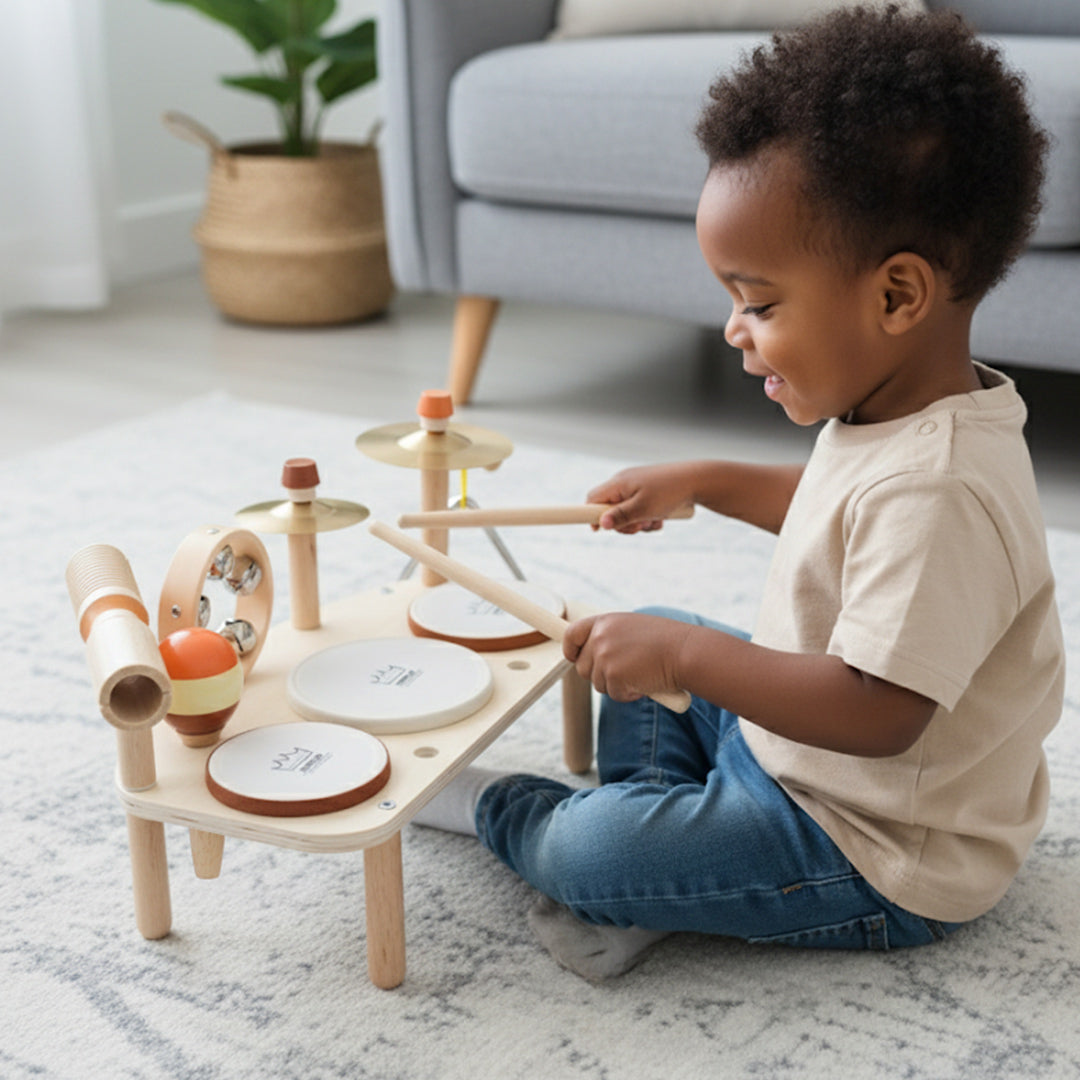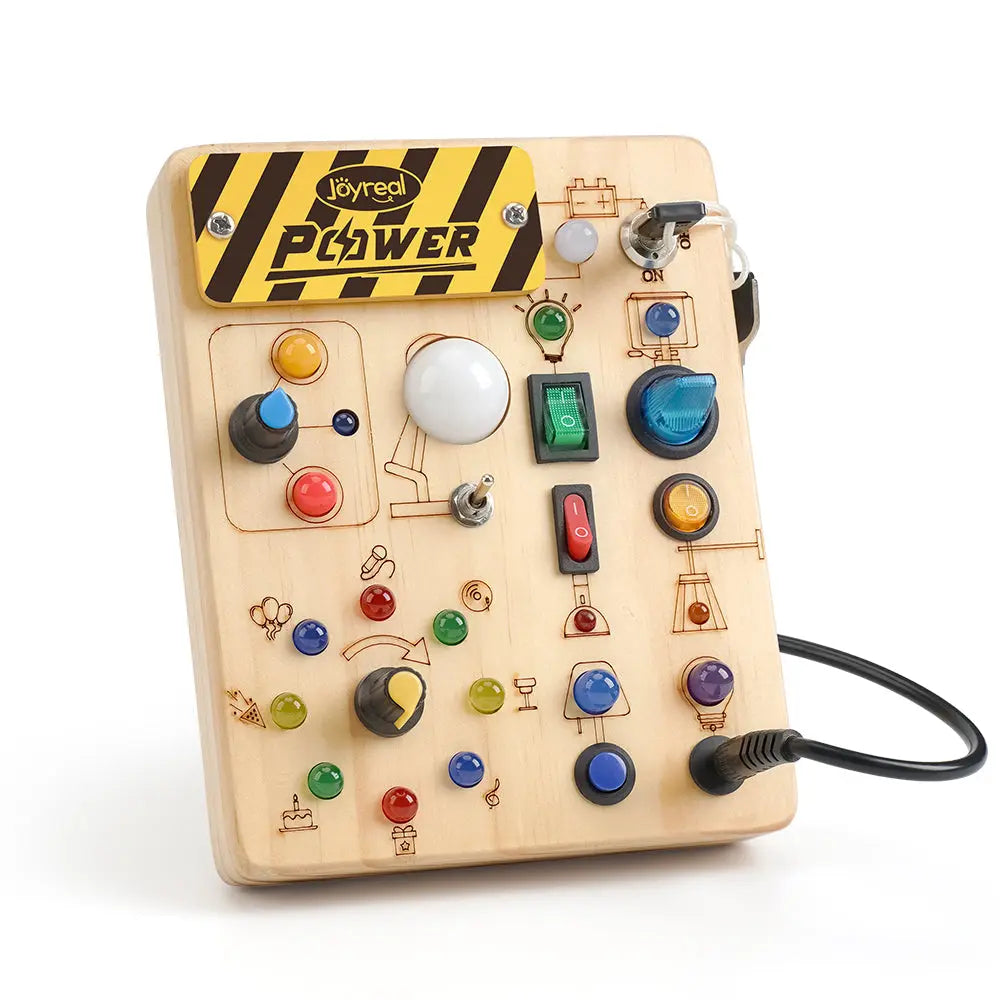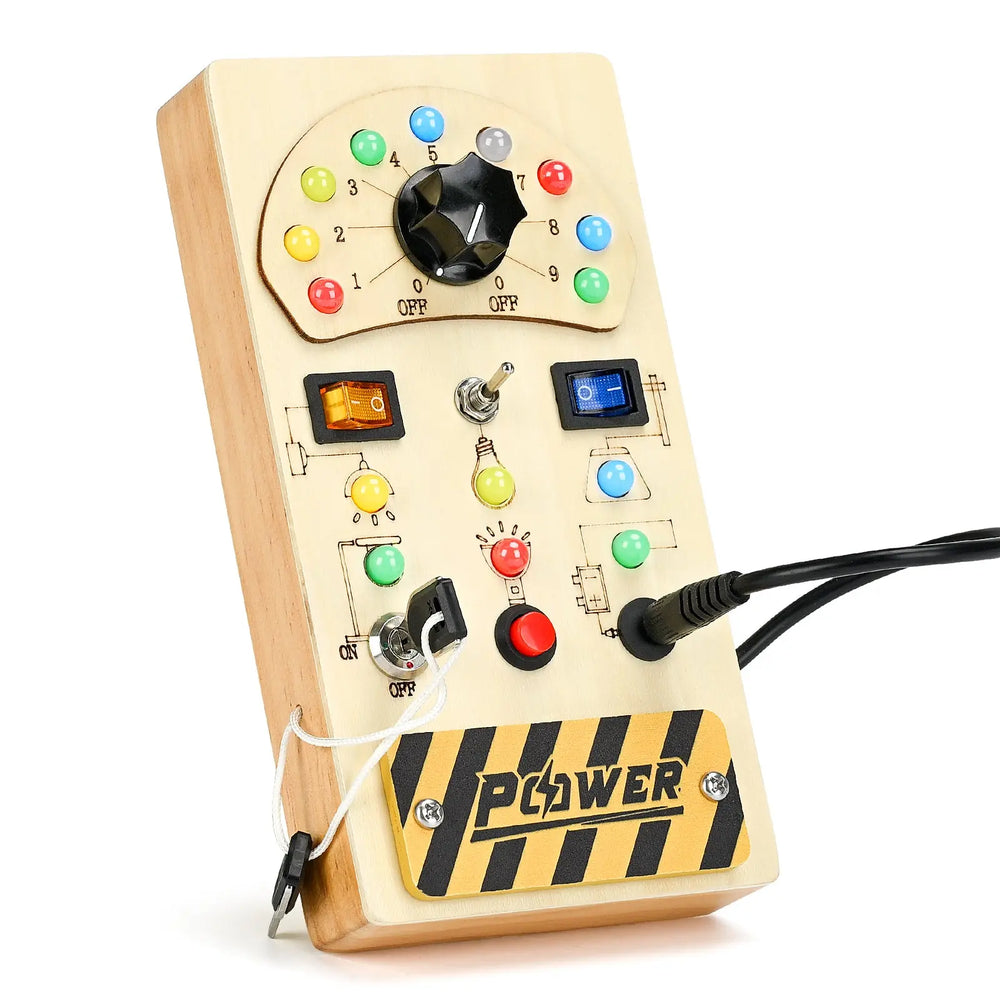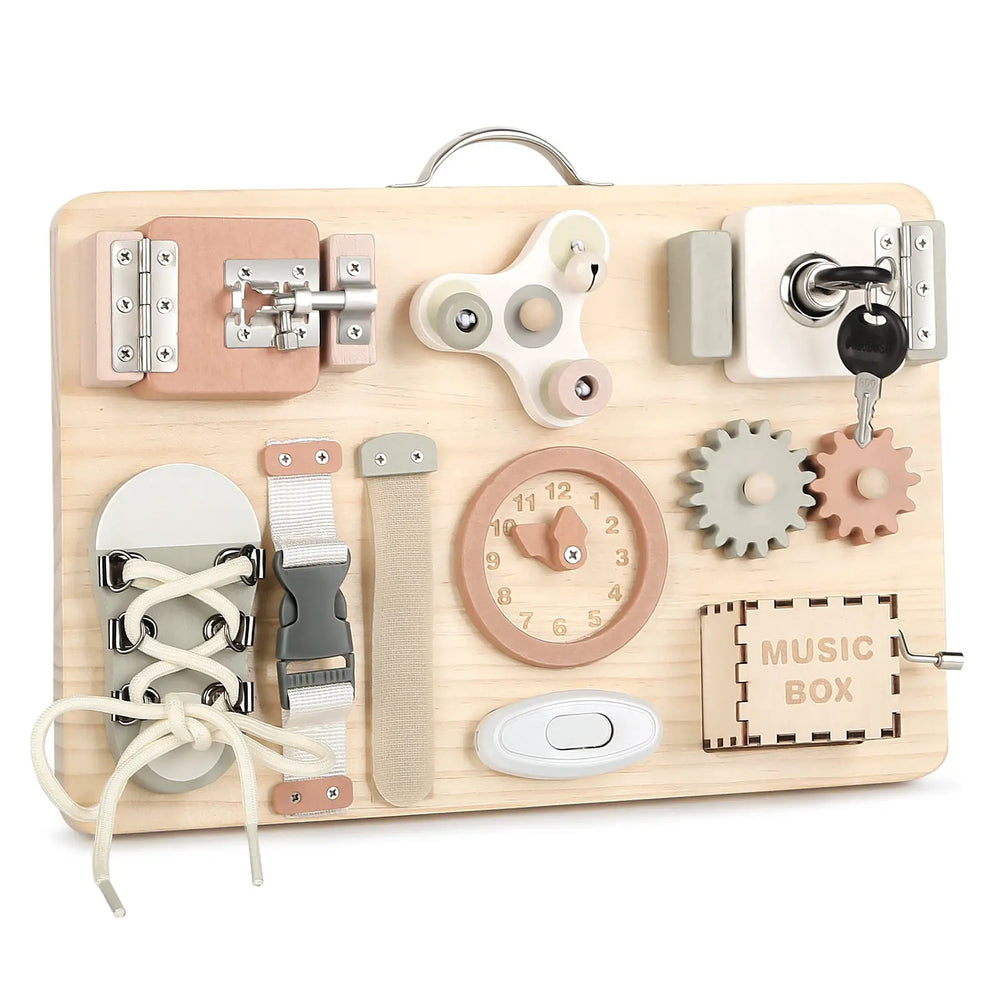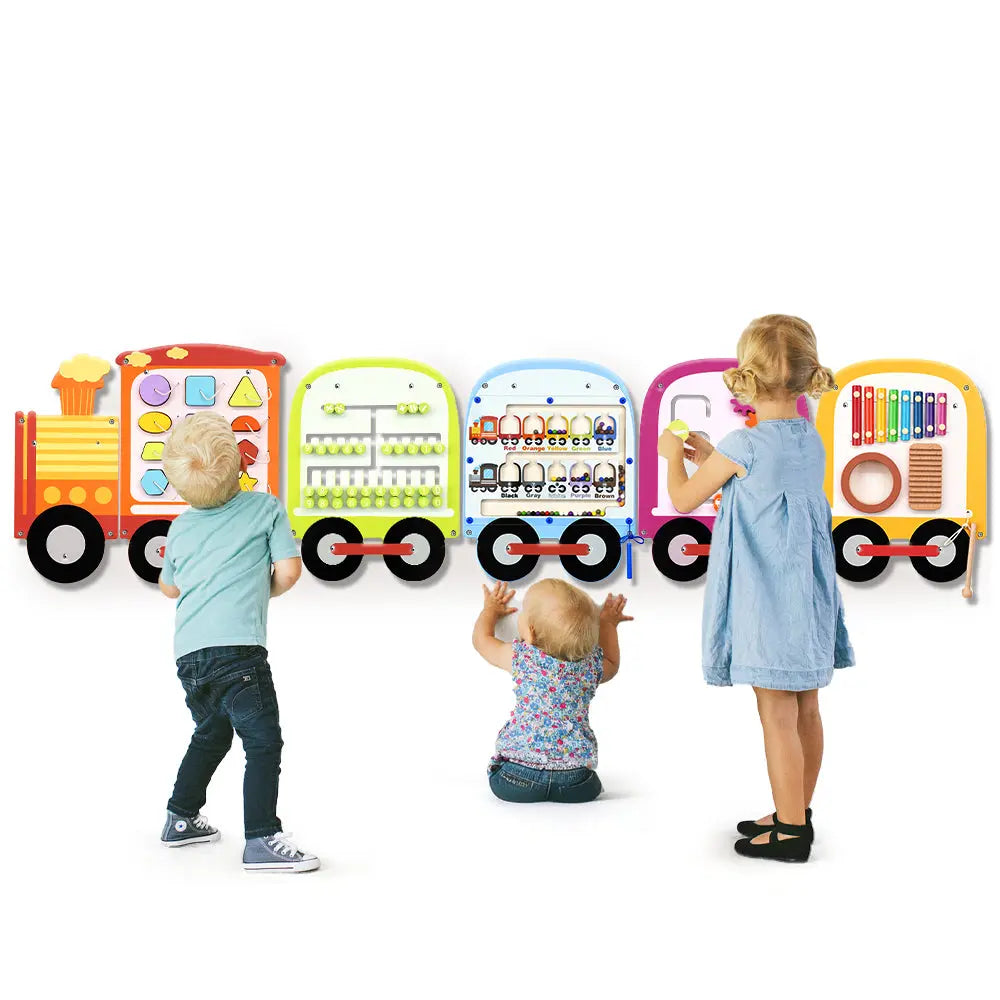Why Are Fine Motor Skills Important for Children with Autism?
Fine motor skills involve the small, precise movements of the hands, fingers, and wrists. These skills are essential for daily tasks like writing, buttoning clothes, using utensils, and playing with small objects. For children with autism spectrum disorder (ASD), developing fine motor skills can be challenging due to sensory sensitivities, coordination difficulties, or differences in motor planning.
Strong fine motor skills help children with autism:
- Increase independence (dressing, feeding, grooming)
- Improve academic performance (writing, cutting, drawing)
- Enhance play and social interaction (building blocks, puzzles, crafts)
- Support sensory regulation (manipulating fidget toys, using textured materials)
Many children with autism experience delays or difficulties with fine motor control, making targeted practice especially beneficial.
Common Fine Motor Challenges in Autism
Children with ASD may struggle with:
- Grasping and manipulating objects (holding a pencil correctly, using scissors)
- Hand-eye coordination (threading beads, catching small items)
- Motor planning (dyspraxia) – Difficulty planning and executing movements
- Sensory sensitivities – Avoiding certain textures (e.g., playdough, glue)
- Repetitive behaviors – Preferring limited hand movements (flapping, spinning objects)

Montessori Education is the Best for Developing Fine Motor Skills in Children with Autism
Fine motor skills are essential for independence, learning, and daily functioning—especially for children with autism, who often face challenges with coordination, sensory processing, and motor planning. While targeted therapies and home activities can help, Montessori education offers a uniquely effective approach to cultivating these skills in a structured, child-led environment.
How Montessori Education Supports Fine Motor Development
Tailored activities can help build these skills in a fun, engaging way. Here are some effective strategies:
1. Sensory-Friendly Fine Motor Activities
- Playdough or Therapy Putty – Squeezing, rolling, and cutting to strengthen hand muscles
- Water Play – Pouring, squeezing sponges, using droppers
- Sand or Rice Trays – Drawing shapes, hiding and finding small objects
2. Adaptive Tools & Modifications
- Pencil Grips – Helps with proper pencil holding
- Weighted Utensils – Improves control while eating or drawing
- Large Buttons & Zippers – Makes dressing practice easier
3. Structured Fine Motor Tasks
- Puzzles & Pegboards – Improves hand-eye coordination
- Stringing Beads – Enhances precision and focus
- Tearing Paper Crafts – Builds finger strength
4. Technology-Assisted Learning
- Touchscreen Games – Tracing letters, dragging objects
- Adaptive Keyboards – Helps with typing and finger isolation
5. Occupational Therapy (OT) Techniques
- Hand Strengthening Exercises – Using therapy putty, clothespins
- Bilateral Coordination Tasks – Opening jars, using both hands together
- Scissor Skills Practice – Cutting along lines, snipping paper
Why are Montessori Toys a Game-Changer for Children with Autism?
Montessori toys—designed to encourage hands-on learning, independence, and sensory exploration—are proving to be exceptionally effective for children with autism. Unlike traditional toys, Montessori materials focus on purposeful play, helping kids develop fine motor skills, focus, and problem-solving abilities in a calm, structured way.
Top 5 Montessori Toys for Autism
1. Wooden Puzzles with Knobs
- Improves pincer grasp
- Enhances problem-solving
- Provides sensory feedback
2. Threading & Lacing Toys
- Boosts hand-eye coordination
- Encourages patience & focus
3. Practical Life Tools (Child-Sized)
- Pouring sets, tongs, or scooping tools
- Teaches real-world skills (e.g., pouring water, transferring objects)
4. Sensory Boards (Busy Boards)
- Features latches, zippers, buttons
- Great for tactile exploration
5. Sorting & Stacking Toys
- Colorful rings, geometric shapes
- Develops logical thinking & fine motor control
How Montessori Busy Board Can Benefit Children with Autism
Montessori busy board, or activity boards, are practical, hands-on learning tools designed to stimulate various senses and promote developmental growth. For children with Autism Spectrum Disorder (ASD), they can be particularly beneficial due to their tailored approach to sensory stimulation, fine motor development, and social engagement.
Understanding Busy Boards
Busy boards are equipped with interactive objects like wheels, locks, buttons, zippers, and lights, offering children an array of tactile and sensory experiences. Their simplicity makes them adaptable for specific developmental goals, including those suited for children with autism.
The Benefits for Children with Autism
1. Sensory Stimulation and Regulation Children with autism often face challenges in processing sensory information. Activities on a busy board engage multiple senses—touch, sight, and sometimes hearing—offering soothing opportunities for sensory grounding. By providing safe and controlled sensory input, busy boards can help regulate overstimulation or sensory-seeking behaviors.
2. Improved Fine Motor Skills Many children with autism benefit from targeted support in developing dexterity and hand-eye coordination. Montessori busy board encourage repetitive fine motor movements, such as buttoning, twisting, or unlocking, promoting improved independence and precision over time.
3. Encouragement of Focus and Attention Busy boards captivate a child's attention with their bright colors, textures, and movement possibilities. This targeted focus on a task can help children practice concentrating and completing activities, which are important for school readiness.
4. Safe Exploration of Real-World Objects Many children are naturally curious about locks, switches, or velcro. Busy boards provide a safe environment to explore these everyday items in a controlled and supervised way, reducing unsafe explorations in real life.
5. Supports Self-Confidence and Independence Mastering tasks on a busy board provides a sense of achievement and builds self-confidence. Gradually, these motor and problem-solving skills translate into everyday activities like dressing, brushing teeth, or tying shoelaces.
6. Can Be Social and Therapeutic Playing with a busy board can be a shared activity for parents, siblings, and therapy sessions, offering ways to bond and practice turn-taking. This interaction encourages socialization and can be a platform for children to express themselves.
Tips for Choosing or Creating a Busy Board for a Child with Autism
- Focus on Sensory Elements: Prioritize items that offer calming sensory experiences, like soft textures or smooth sliders.
- Avoid Overwhelm: Include a moderate number of activities so as not to overwhelm the child.
- Tailor to Interests: If the child loves cars, include toy cars or related activities to personalize the board.
- Supervise Safety: Ensure all objects are securely fastened and free of hazardous materials.
Examples of Fine Motor Skills
Here are some common activities that rely on fine motor control:
- Writing & Drawing – Holding a pencil, forming letters
- Cutting with Scissors – Controlling hand movements to follow lines
- Playing with Small Toys – Building with blocks, putting puzzles together
- Self-Care Tasks – Buttoning, zipping, tying shoelaces
- Using Utensils – Scooping food with a spoon, using a fork
Final Thoughts
For children with autism, developing fine motor skills requires patience, repetition, and sensory-friendly methods—all of which are central to Montessori education. By combining structured, hands-on learning with real-world applications, Montessori helps children build confidence, independence, and essential motor skills in a supportive environment.
Maybe it will be helpful for you:
Recent Post

What Finally Helped My Toddler Speak Up?
If you’re a toddler mom, you already know how much emotional weight...

Joyreal Christmas Toys Deals 2025
Enjoy instant savings across nearly every category, from early lear...

How Wooden Montessori Toys Support a Sustainable Childhood
Most parents don’t say it out loud, but many feel the same quiet fr...

Top Christmas Gifts to Help Kids Communicate Better This Holiday Season
The holiday season brings joy, family bonding, and endless opportun...

How to Make DIY Printable Communication Boards
Communication is at the heart of every child’s development — and fo...

Top 5 Christmas Gifts That Bring Families Closer (2025 Guide)
Christmas isn’t just about the gifts — it’s about the moments we c...

Top Musical Christmas Gifts for Toddlers & Preschoolers 2025
Why Musical Gifts Are Perfect for Toddlers and Preschoolers Music h...

Joyreal AAC Devices Wholesale Partner
In today’s educational and therapeutic environments, speech therapi...

Joyreal AAC Device – Big Sale for Autism & Speech
Every Voice Deserves to Be Heard Imagine your child looking up at y...

How to Choose Safe & Educational Toys for Christmas 2025
When “Just a Toy” Means So Much More If you’re a parent, you know t...
